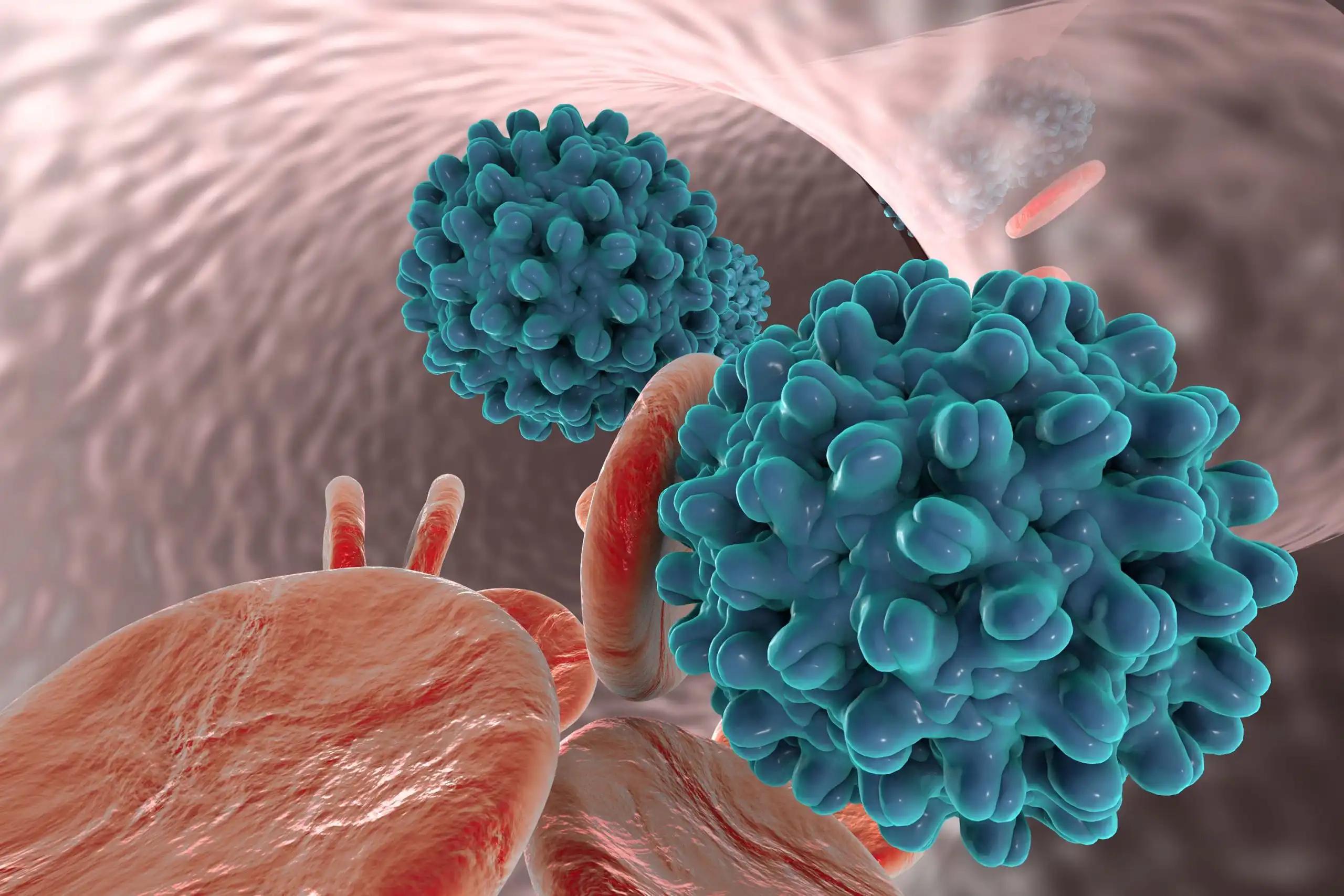KEY TAKEAWAYS
- The study aimed to use ultrasound radiomics to distinguish between low and high ALN tumor burden in breast cancer.
- Researchers found that the Boruta_XGB model was the most predictive for ALN tumor burden.
The tumor burden in axillary lymph nodes (ALNs) is a critical factor in breast cancer, influencing treatment decisions and correlating closely with prognosis. This study explores the use of ultrasound-based radiomics and clinical features to non-invasively differentiate between low tumor burden (1-2 positive nodes) and high tumor burden (more than 2 positive nodes) in patients with node-positive breast cancer.
Jiangfeng Wu and the team aimed to assess the effectiveness of radiomics models in predicting ALN tumor burden.
They performed an inclusive analysis involving 215 patients with node-positive breast cancer who underwent preoperative ultrasound examinations. Among these patients, 144 cases were allocated to the training set, 37 to the validation set, and 34 to the testing set. Postoperative histopathology was used to determine the ALN tumor burden. The region of interest for breast cancer was delineated on the ultrasound images.
To predict high ALN tumor burden 9 models were developed using 3 feature screening methods and three machine learning classifiers. The optimal model was selected and tested on the validation and testing sets. Additionally, clinical characteristics were screened to develop a clinical model, and Shapley additive explanations (SHAP) values were employed to provide insights into the machine learning models.
About the validation and testing sets, the models exhibited area under the curve (AUC) values ranging from 0.577 to 0.733 and 0.583 to 0.719, and accuracies ranging from 64.9% to 75.7% and 64.7% to 70.6%, respectively. Ultimately, the Boruta_XGB model, which included 5 radiomics features, was selected as the final model.
This model demonstrated AUC values of 0.828, 0.715, and 0.719 for distinguishing low from high tumor burden in the training, validation, and testing sets, respectively, highlighting its superiority over the clinical model.
The study concluded that the developed radiomics models demonstrated significant predictive performance. Among these, the Boruta_XGB radiomics model outperformed the other models, highlighting its superior capability in predicting ALNs tumor burden.
This study was funded by the Research Program of the National Health Commission Capacity Building and Continuing Education Center (CSJRZC2021JJSJ001).
Source: https://pubmed.ncbi.nlm.nih.gov/39193658/
Wu J, Ge L, Guo Y, et al. (2024). “Utilizing multiclassifier radiomics analysis of ultrasound to predict high axillary lymph node tumour burden in node-positive breast cancer patients: a multicentre study.” Ann Med. 2024;56(1):2395061. doi:10.1080/07853890.2024.2395061



